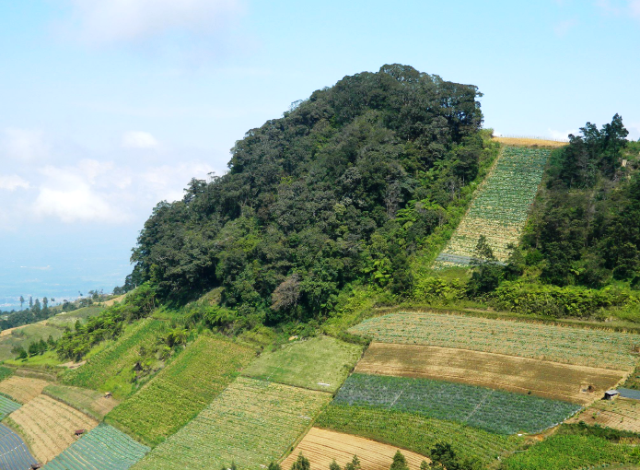The sharing-incentive has been assumed as a tool to effectively deliver a “justice” to local forest community. So far we know that the forest resources are like two sides of a coin. On the one hand, it can be a blessing. On the other hand, it can lead to a problem such as conflict. The conflict occurs due to the overlapping interest over natural resources in a particular area. It becomes more complicated since it is motivated by social, economic, and political controversy. Hence, this scheme is used to compensate the local’s contribution in managing forests, especially in order to reduce conflict. However, people always value the incentive as the monetary transfer. Transferring incentive has always been acknowledged as another source of money rather than consolidating conflict in forest management.
Many programs of both government and private sector consider the incentive scheme to be implemented. This is due to the understanding that distributing money is always well appreciated by beneficiaries while socializing as well as implementing the program on community level. The scheme, then slowly begin to change the social characteristic notably in regarding money. Money has ultimately bought the virtue value of local behavior.
Another scheme of sharing-incentive on forestry through Benefit Sharing Mechanism (BSM) was introduced during the REDD+ booming. BSM was designed to approach local community by valuing their needs based on right and benefit approach. The incentive would be distributed under the term of conservation effort. They would be pushed on dealing willingness in keeping the forests and reducing deforestation. Since then, the BSMs were projected in several sites both in Indonesia and other developing countries such as Nepal and Vietnam. Various types of stakeholders, need identification, political condition, payment system, and natural resources conflict were tested for BSM scheme. The active involvement of local community is another essential point of BSM. Through BSM, they are engaged since at the planning level to achieve an incentive agreement.
Although the BSMs have been well established and simulated in many sites with different existing condition, this mechanism remains a big question on how effective BSM could be adopted for sustainable forest management. The short term funding is the reason why BSM solely stopped on the scale of project. So the funding running out, the BSM will be finished straight away.
Thus, the opportunity to access the fiscal funds is considered to be one of the ways to create more long-term BSM. The fiscal funds will always be available as it is owned by government sector. Nonetheless, the complex process to get through is time-consuming. Further, another obstacle is that the government sector has never initiated the need for BSM even though many policies have been influenced by the REDD++ regime. As yet, the BSM has not been considered a must to be used as part of an incentive scheme.
In brief, the BSM especially with fiscal transfer as the main source of funding is a new breakthrough. This is previously predicted as a friendly sharing-incentive where local community is engaged even from household level. The Ministry of Environment and Forestry, through the Directorate General of Climate Change Control, has put the BSM as one of their 2016 workplan. However, the real implementation of this scheme has not been considerably adopted. Eventually, once again, the effectiveness of sharing-incentive on forestry sector leaves question on how the scheme can be carried out along with conservation and reducing conflict goals. The BSM or whatever it is, are still a project realm which would not be an effective incentive scheme to approach local community. Further, the people would always see the incentive as an additional income to be enjoyed.
Home Questioning How Effective Sharing-Incentive in Reducing Conflict on Forestry Sector

